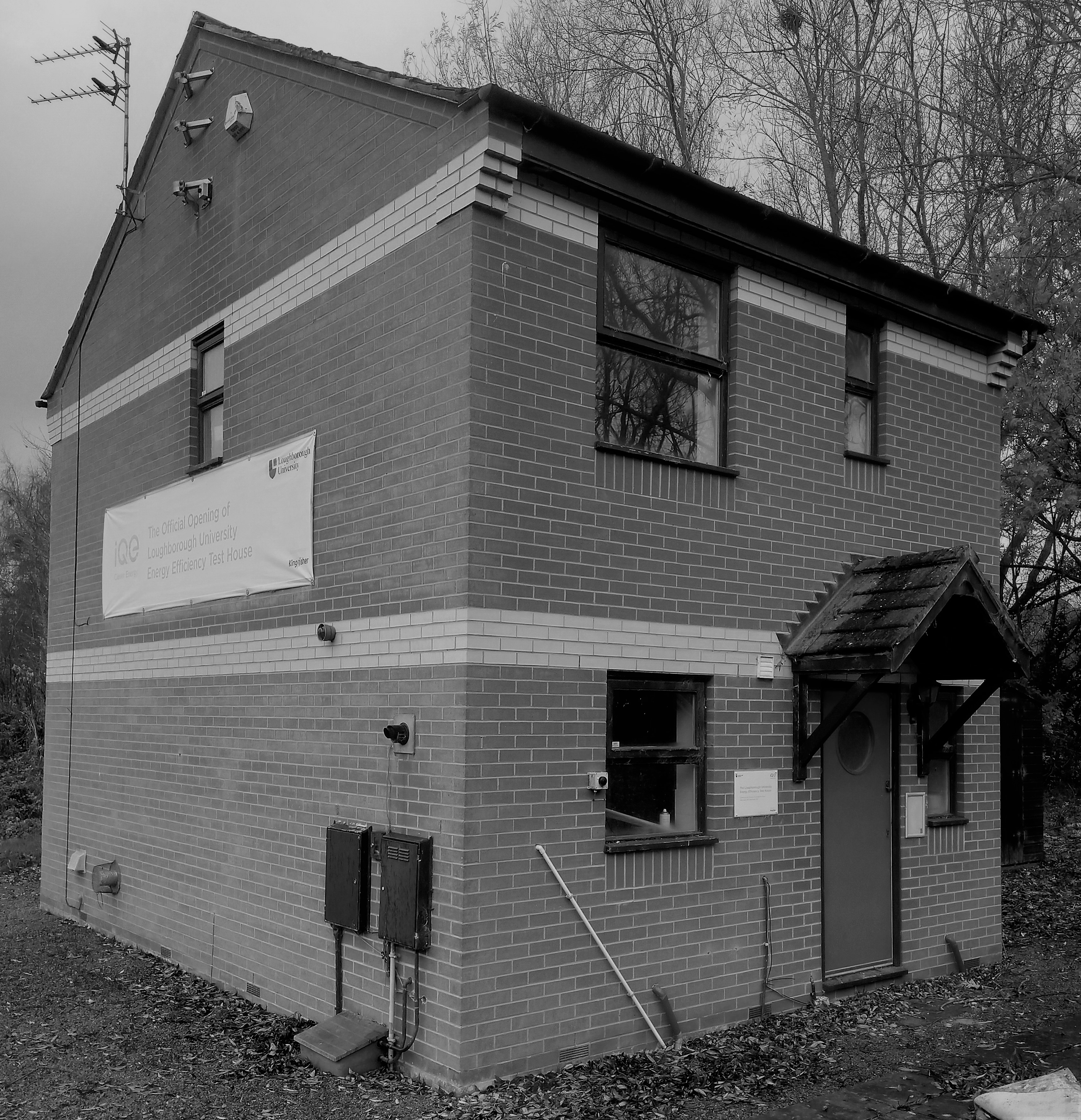Engineering Energy Flexibility into Buildings - The Long Version
Problem
Heating and air conditioning in buildings plays a key role in mitigating climate change and reaching national targets set for greenhouse gas (GHG) emissions. Currently almost 40% of energy is consumed within buildings, of which most for space heating. In the UK space heating is delivered mostly by burning fossil fuels emitting large amounts of GHG emissions. Meanwhile, GHG emissions from power production have fallen because of the increasing share of renewable power generation like solar and wind. More renewable power provides a possibility to reduce carbon emissions by switching from fossil fuels to electrified heating, for example with heat pumps.
But electrification of heating is a challenge for existing electricity grid infrastructure because heating demand is significantly higher than electricity demand. Components in current grids have not been sized to meet heating demand. Another challenge comes from balancing: in electricity grids demand has to match supply in real-time to avoid power outages. If supply of variable renewable energy supply increases while more electricity is required to satisfy heating demand, balancing in real-time becomes even more difficult. These factors drive the increasing demand and value of energy flexibility.
Energy Flexibility
Flexibility can span over varying periods of time ranging from inter-seasonal flexibility of months to flexibility implemented in seconds. Buildings’ capability to maintain heat together with suitable control strategies enables their utilisation as thermal storage. An example of this would be pre-heating a building before a known period of high demand. Buildings and their heating systems have been shown to provide a significant energy flexibility potential. Utilising this potential would reduce the need to invest in new grid infrastructure thus contributing to rapid transfer towards a low-emission energy system. However, practical means of harnessing energy flexibility of buildings for balancing the electricity system are still lacking. Also, more research involving practical implementation and experiments of flexibility strategies in buildings is needed.
Solution?
To solve this issue my research looks into how control of heating and ventilation systems could be used to shift demand without reducing comfort. I will develop a novel control strategy for delivering flexibility for energy markets. The control strategy is then implemented in test buildings and its capability to provide flexibility from buildings observed. This entails developing an experimental methodology for validating delivery and availability of flexibility and assessing effects of the implementation on conditions within the building and implications to heating systems.
 Test home in Holywell used, owned by Loughborough University.
Test home in Holywell used, owned by Loughborough University.
PhD Outline
Aim
Design and implement a scalable community-scale control strategy for HVAC systems allowing buildings to access demand response schemes and benefit from delivering their energy flexibility.
Objectives
- Describe what is required from buildings and communities to offer their energy flexibility for demand response.
- Develop a control strategy for delivering demand response using zonal heating control.
- Develop an experimental methodology using in situ measurements to demonstrate and verify the use of building energy flexibility.
- Implement the developed control strategy and observe and validate its potential to deliver energy flexibility for demand response in one or more test buildings.
- Create and communicate recommendations for harnessing the energy flexibility in communities to most relevant decision-makers, like consumers and aggregators.
Publications
El Geneidy, R. S., & Howard, B. (2018). Review of techniques to enable community-scale demand response strategy design. USim2018 - Urban Energy Simulation. Retrieved from https://dspace.lboro.ac.uk/dspace-jspui/handle/2134/36259
Acknowledgements
This research is made possible by Engineering and Physical Sciences Research Council (EPSRC) support for the London-Loughborough (LoLo) Centre for Doctoral Research in Energy Demand (grant EP/H009612/1).